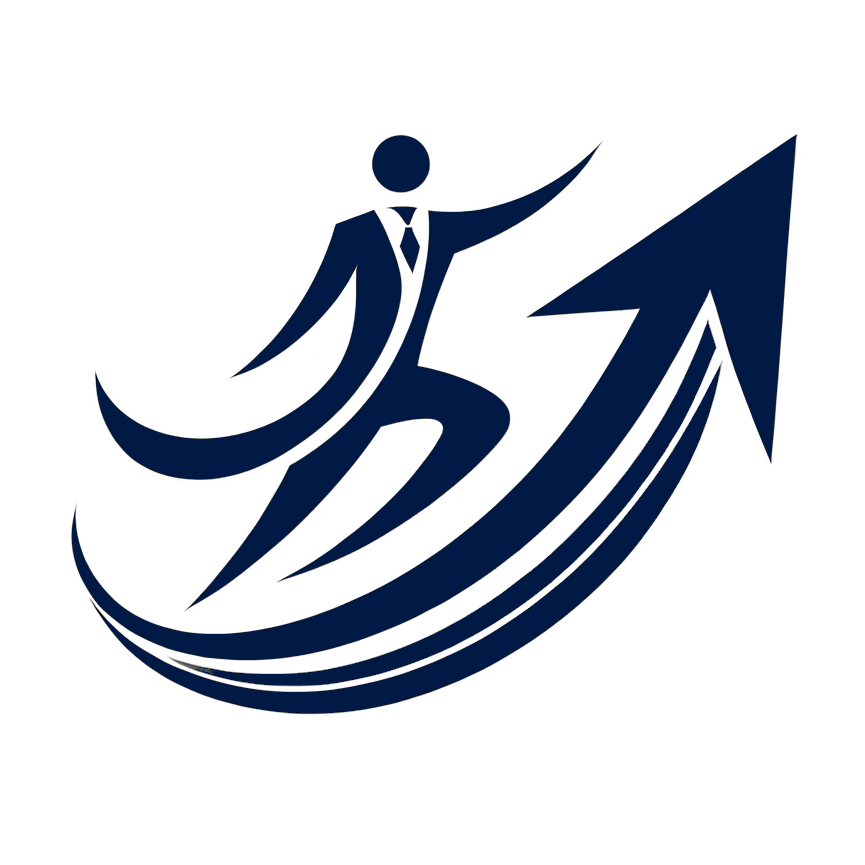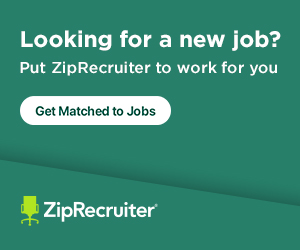We may earn a commission if you click on a product link and make a purchase at no additional cost to you. For more information, please see our disclosure policy.
Last Updated on July 21, 2025
Diversity in the workplace refers to the representation of individuals from a variety of ethnicities, genders, sexual orientations, nationalities, and social backgrounds, creating a dynamic group of employees. Inclusion, which works hand in hand with diversity, involves leveraging these differences to ensure everyone feels valued and heard. Together, diversity and inclusion (D&I) are critical for fostering innovation, improving employee satisfaction, and driving organizational success.
In recent years, diversity and inclusion initiatives have become central to workplace dynamics because of their significant impact on employee
Online Research
Online research is a crucial first step in evaluating a company’s commitment to diversity. Most companies with robust D&I initiatives showcase their efforts on their websites, blogs, or social media. Look for diversity statements, employee testimonials, and published diversity reports that outline measurable goals and achievements.
Photos and videos on company platforms can provide additional context. For instance, a company that shares images of diverse teams or celebrates cultural holidays publicly is likely to prioritize inclusivity. Additionally, online reviews on platforms like Glassdoor or Indeed often reveal employee experiences related to workplace culture. This is particularly valuable for understanding how well a company’s stated values align with reality.
Read the Job Description
Job descriptions often contain subtle clues about a company’s culture. Inclusive organizations typically use language that reflects openness and equality. For example, terms like “equal opportunity employer” and mentions of support for flexible schedules or family leave are positive signs.
Conversely, descriptions that emphasize social events like drinking or competition as part of the company culture might not suit everyone’s preferences. Be mindful of how the job description aligns with your own values and work style. If the tone or content feels exclusionary, it might indicate a less inclusive environment.
Resume review, cover letters, and interview preparation. Learn about the critical mistakes you may be making in your resume and cover letters. Find out how to fix it and start getting job interviews.
Leverage the Interview Process
The interview process offers a unique opportunity to assess a company’s culture firsthand. Prepare questions about diversity initiatives, workplace dynamics, and career advancement opportunities. For example, you could ask, “What steps does your company take to ensure diversity and inclusion in
Pay close attention to non-verbal cues during the interview. A diverse interview panel or visible accommodations for accessibility can indicate that the organization prioritizes inclusivity. Additionally, observe the office environment if attending in person. Signs like gender-neutral restrooms or artwork reflecting different cultures can be subtle yet impactful indicators of inclusivity.
Our AI Job Interview Coach is designed to help you train and excel in any job interview from the comfort of your home.
Connect with Employees
Speaking with current or former employees is one of the most reliable ways to gauge a company’s culture. Platforms like LinkedIn can be useful for reaching out to individuals who have worked at the organization. When engaging with employees, ask specific questions about
Research shows that approximately 50% of employees desire more diversity and inclusion in their organizations. These conversations can provide invaluable insights, revealing both the strengths and weaknesses of the company’s approach to D&I. Additionally, hearing first-hand accounts helps you make a more informed decision about whether the company aligns with your values.
Evaluating the Company’s Public Commitment
A company’s public actions and statements often reflect its genuine commitment to diversity. Look for organizations that publish annual diversity reports, participate in awareness campaigns like Pride Month, or actively partner with advocacy groups. These efforts demonstrate accountability and transparency in their approach to fostering inclusivity.
Additionally, check if the company’s
Never miss an opportunity. On ZipRecruiter, top companies reach out to you.
There's no need to look anywhere else. With over 9 Million jobs, ZipRecruiter is the only site you'll ever need to find your next job.
Networking with Industry Professionals
Networking events, especially those focused on diversity, can be excellent opportunities to learn about inclusive workplaces. Many organizations participate in career fairs, industry panels, or mentorship programs designed to connect job seekers with diverse professionals. These events provide a platform to ask detailed questions about company culture and values directly from representatives.
Joining professional organizations or groups dedicated to underrepresented communities in your field can also expand
Assessing Leadership Diversity
The composition of a company’s
Organizations with diverse
Explore Career.io, the only Al and human-powered platform where you can find everything you need. For any step of your job search or career growth. All in one place.
Exploring Employee Resource Groups
Employee resource groups (ERGs) are a clear indicator of a company’s commitment to inclusivity. These groups often focus on supporting employees from specific backgrounds, such as women, LGBTQ+ individuals, or people of color. ERGs provide a platform for employees to connect, share experiences, and advocate for positive changes within the organization.
Ask about the existence and activity of ERGs during your research or interviews. Active ERGs signal that the company values diverse perspectives and is taking steps to foster an inclusive workplace. Participation in these groups can also enhance your professional experience and sense of belonging.
Finding a diverse and inclusive workplace requires diligence and research, but the rewards are well worth the effort. From analyzing job descriptions and conducting interviews to networking and assessing public commitments, every step brings you closer to identifying an organization that aligns with your values. Diverse and inclusive workplaces not only enhance employee satisfaction and innovation but also contribute to building a fairer, more equitable society. Prioritize these qualities in your
Expert Resume Writers. Affordable prices up front. Try us today and get the job you want! A professionally written resume can get you hired faster and at a higher salary.
Related posts:
Joey Trebif is the pen name of Mark Fiebert, a former finance executive who hired and managed dozens of professionals during his 30-plus-year career. He now shares expert job search, resume, and career advice on CareerAlley.com.









